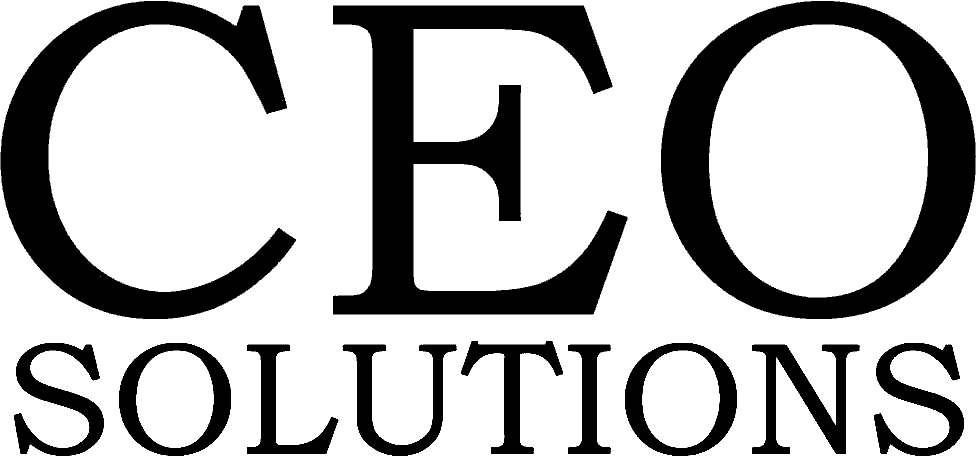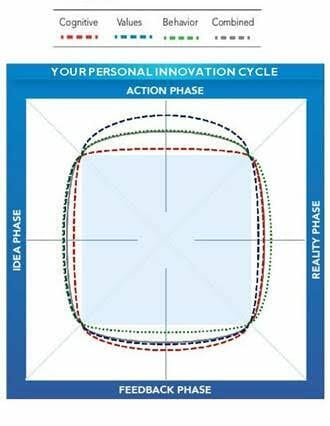Key Reasons CEO’s fail and lose your money…
With more companies failing in the 5th year than in the 1st, according to the SBA, one must wonder why? They have sales, cash flow, market, and things seem to be working. So why such a failure rate at 5 years?
As an investor this must be a concern as its around the 5th year that one expects to see a return on the funds invested.
Over the past 40 years of working with business start-ups, growth companies and mature companies, we have seen many of the issues that could cause the 5th year statistics. Here are some of the major ones an investor, CEO and Founder must look out for.
1. The art of planning or the lack thereof. It is amazing how many in leadership roles do not utilize the most basic of planning in their operations. With a “wild west” reactionary approach, chaos and poor performance become the norm. There is awareness something is not right, but without a plan to measure against, the cause is lost in the chaos.
Even when there is a Strategic Plan in place, is it tossed in the drawer and only reviewed after the fact? Such Strategic Plans should be the central focus of the leadership team, even when there are only three people in the company. Weekly if not Monthly reviews should occur on a scheduled basis. This keeps the organization focused and provides a measurement and warning when they have wondered off Track. Loss of focus equals loss of profit.
2. I cannot count the times we have found the CEO/Founder being the biggest choke point in a growth business. Nothing can move without their input or directive. This inability to “let go” or not delegate stops great people with potential and often causes them to seek other opportunities. Now your losing human capital and that is expensive.
Many managers struggle with the “letting go” yet once overcome, the manager becomes a great leader, which is different. Most people are not natural born delegators because its more than just giving out tasks! It is about communicating outcomes, coaching for performance, providing tools and skills, monitoring and making tough choices along the way. All of this can be developed if the CEO/Founder is open to it. Now the company has unlimited potential.
3. The ability to make decisions, act on those decisions and then modify as needed is one of the most valuable capabilities of a CEO of a fast growth company. Yet many Founders are not yet tested in this capacity. When the complexity grows, the Founders capability comes into full light. Hopefully they can learn, demonstrate and develop the decision, act, modify ability.
4. If the CEO/Founder is high functioning in the first three areas, the “Right Team” tends to take care of itself. Yet one key issue that continually comes up is “The team that got you here may not be the one getting you there.” Many new leaders have issues when it comes to change in the leadership team, not because their bad people on the team, just not the right ones for the company at this time.
This is where building “bench strength”, “transferring tribal knowledge”, and “culling the team” come into play. This takes vision, strategy, planning, communications and leadership for the company to grow and be profitable. It also takes time, effort and patience to become this type of leader. But this drives high profit and long-term stability.
5. The “loneliest seat in the room” is often used to describe the CEO seat. The ability to express one’s ideas with full confidence is not always available to most Founders. The bank, attorney, CPA all have their agendas. The leadership team kind of understands, but not really. Besides, who can one trust?
This is why the CEO peer to peer concept is so powerful. When we ask a CEO who they really trust and take their input to heart, it is another CEO! Having the ability to confidentially address their business and personal concerns can propel an ok CEO to an awesome CEO as we have experienced it many times. Often, all five of these issues can be addressed on an ongoing basis for the CEO through a peer group.
We hope this gives you the investor, insight into how to ensure your investment is staged for a great ROI. It begins and ends with the capability of the CEO/Founder. What is your strategy for assuring your CEO’s are at their peak and maximizing your investment return?
For more on CEO Peer opportunities, visit www.CEOSolution.net





